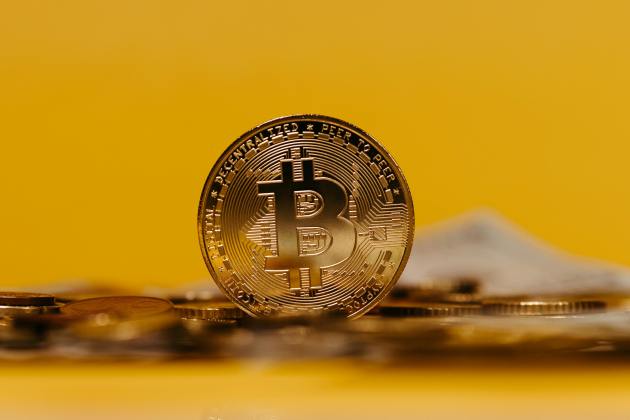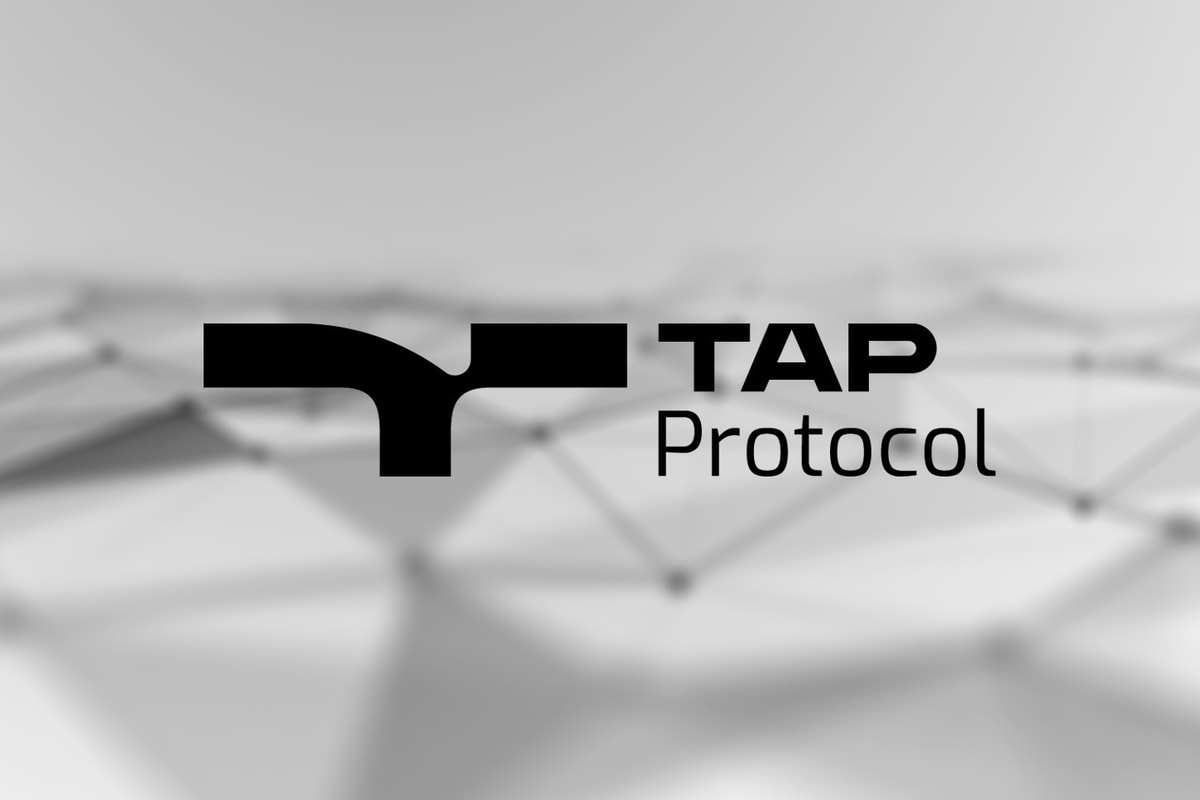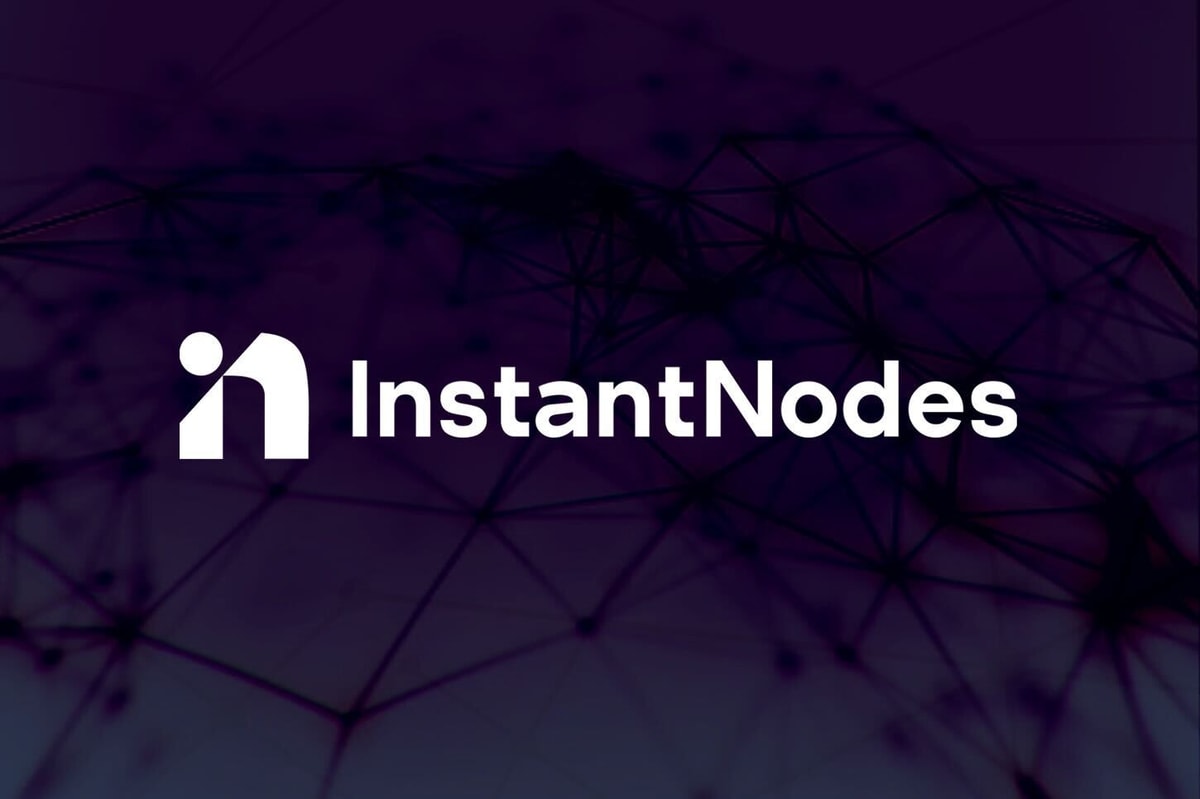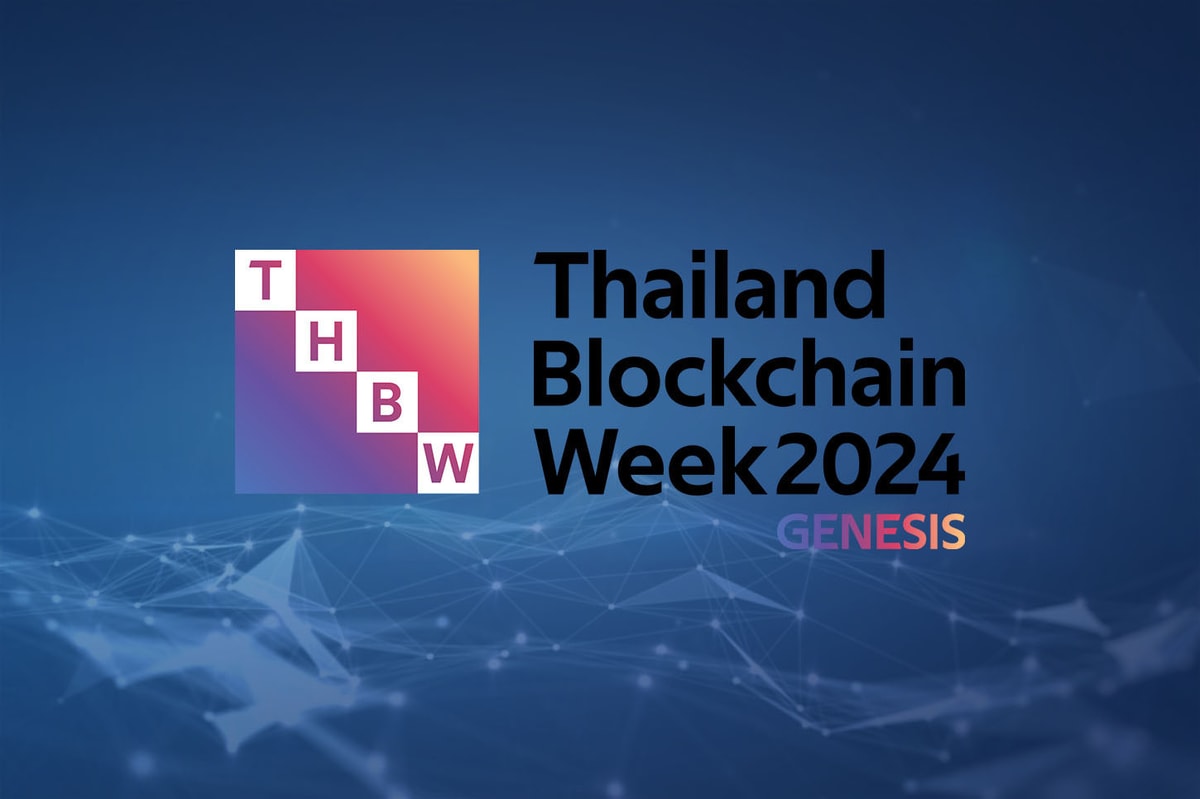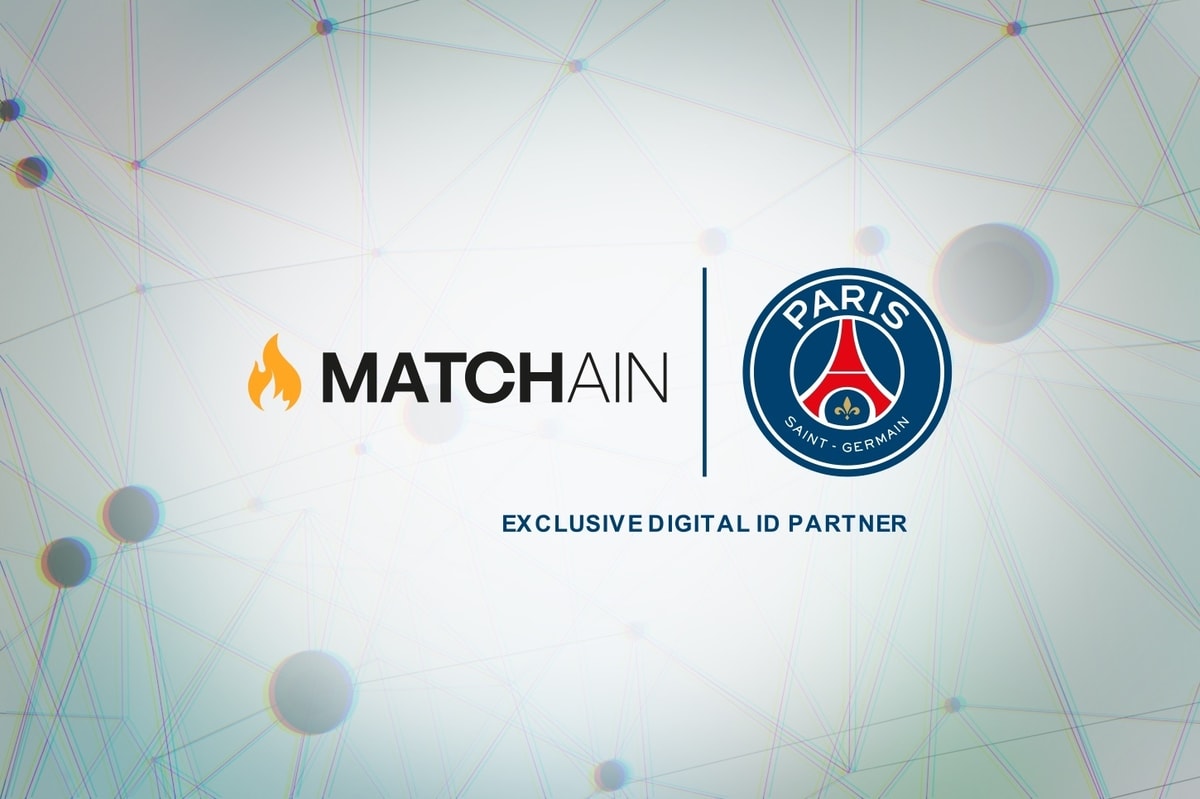Xiaobin Wang, an investor at Back Finance, told Cointelegraph China during a Hub interview on April 30 that the current DeFi leading models, such as mortgage lending and full loan methods, could be insufficient.
Wang explained that the present mainstream lending platforms normally set a pledge rate for each type of asset, and then, according to the value of users’ pledged assets, it is allowed to lend assets slightly lower than the value of users’ pledged assets within a safe line.
The problem with this kind of lending method is that the utilization rate of funds is insufficient, according to Wang. He added:
“For DeFi, such lending methods as opening contracts, borrowing money for mining and so on, which only require margin to increase leverage investment is a vacancy, so it is both a challenge and an opportunity.”
However, Wang believes the DeFi lending product is bound to become one of the most important infrastructures for decentralized finance applications.
Back Finance prepared to meet these challenges
In response to the above challenges, Wang said that Back, a decentralized smart contract for leveraged borrowing and lending released by Back.finance, can enable users to maximize their returns by providing up to 3x leverage.
According to Wang, users of Back.finance who prefer more stable returns can lend their assets to yield farmers and earn interest. This innovative product aims to answer the DeFi needs of users of all types while providing the best-in-class user experience. He explained:
“The first step is to allocate funds to mining users in the back platform — that is, you can leverage up to three times. In this way, the value of your LP token can be much greater than your principal, mining users can bear volatile losses, and users who prefer stable income can also obtain risk-free interest income by borrowing capital contributions from miners.”
The Back excess lending agreement focuses on capturing the needs of users that have not been fully met and enlarges the mining principal of users through leverage to improve the utilization rate of funds and enable users to obtain higher mining returns with fewer funds.
The competitive advantage of Back.finance in leveraged lending
There are two advantages Back.finance offers compared with other leveraged lending platforms, according to Wang. At the product level, he believes the number of trading pairs and lock positions supported by Back.fiance are much larger than those of similar products, and it is committed to providing users with more and better product services. Secondly, it supports innovative functions, such as partial divestment, loan repayment and manual reinvestment to meet users’ various investment strategies.
At the operational level, Back is mainly to improve the utilization rate of funds on the basis of controllable risk through reasonable incentive allocation and dynamic adjustment to balance the supply and demand in the market.
As for Back users, there are also several other advantages, said Wang:
- Liquidity miner: Users can obtain higher income through leverage position-building investment provided by Back platforms.
- Lender: Users who prefer stable income can gain interest by lending funds to miners. The underlying assets can be deposited in the Back deposit pool to obtain deposit income. These assets will be provided to mobile mining users to increase mining positions.
- Liquidation executor: monitor the leverage trading liabilities of Back liquidity mine pool, and implement liquidation and obtain liquidation income when the transaction liability ratio is too high.
Several risks users may face and should be aware of
Yield farmers (no leverage, or 1x) are exposed to the risk of impermanent loss. Wang noted that this is the same risk as participating in other yield farming in automated market maker pools.
Leveraged yield farmers (more than 1x) may also be at risk of being liquidated: Liquidation takes place when risk value reaches more than 100. Liquidation can happen when the value of users’ collateral drops or the price of the loan increases.
Lenders share the risk of debt accrued by underwater positions in case liquidators do not liquidate on time. According to Wang, Back incentivizes liquidators to carry out liquidation in a timely manner by rewarding them with bonuses.
Lenders may delay the deposit withdrawal when the fund utilization rate is high. A triple slope interest rate is adopted to improve the utilization rate. When the utilization rate exceeds 90%, both the borrowing interest rate and the deposit interest rate go up significantly. This encourages borrowers to repay outstanding debts and lenders to make deposits, thus maintaining the pool at the optimal level, said Wang.
Wang concluded that the goal of Back is to maximize user benefits and minimize user risks. Back will output a lot of DeFi products in the future as long as it meets users’ needs. He added:
“Back tokens will have more application scenarios and functions, and its token holders will benefit from the growth of all back products. Over time, the advantage of the back token economy model is that it can continuously upgrade and obtain the maximum value from the decentralized financial network.”





